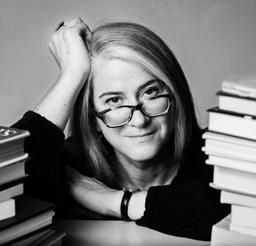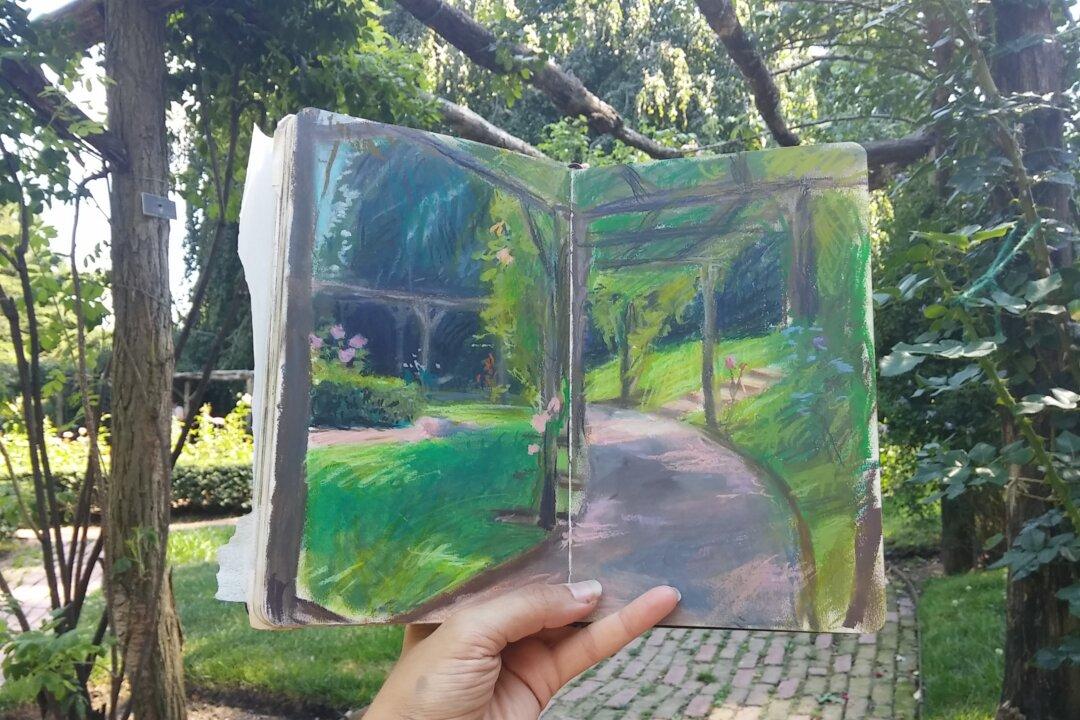NEW YORK—A traveler can show us how to appreciate our native backyard more than we might have otherwise. Thomas Cole (1801–1848) was such a man. Born in Lancashire, England, where he witnessed the Industrial Revolution polluting the air as much as the morale of people who were being replaced by machines, Cole migrated with his family to this country at the age of 17 for economic reasons. By his 20s, he had fallen in love with the American wilderness and launched what has become the distinctively American style of landscape painting—the Hudson River School.
The Metropolitan Museum of Art’s exhibition “Thomas Cole’s Journey: Atlantic Crossings” marks the 200th anniversary of his arrival in this country.
The same year that Cole became naturalized in 1834, he created his five-part masterwork series chronicling the rise and fall of human civilizations, “The Course of Empire” (1834–36), and, at around the same time, “The Oxbow” (1836). These works were painted with an embedded warning. He “wants to speak to his fellow citizens, providing this moral message that while great civilizations rise and fall, it will always be nature that will be permanent. It’s God’s pure creation,” said Elizabeth Kornhauser, the organizer and curator of the exhibition, during a “MetFridays” event on Feb. 23.






